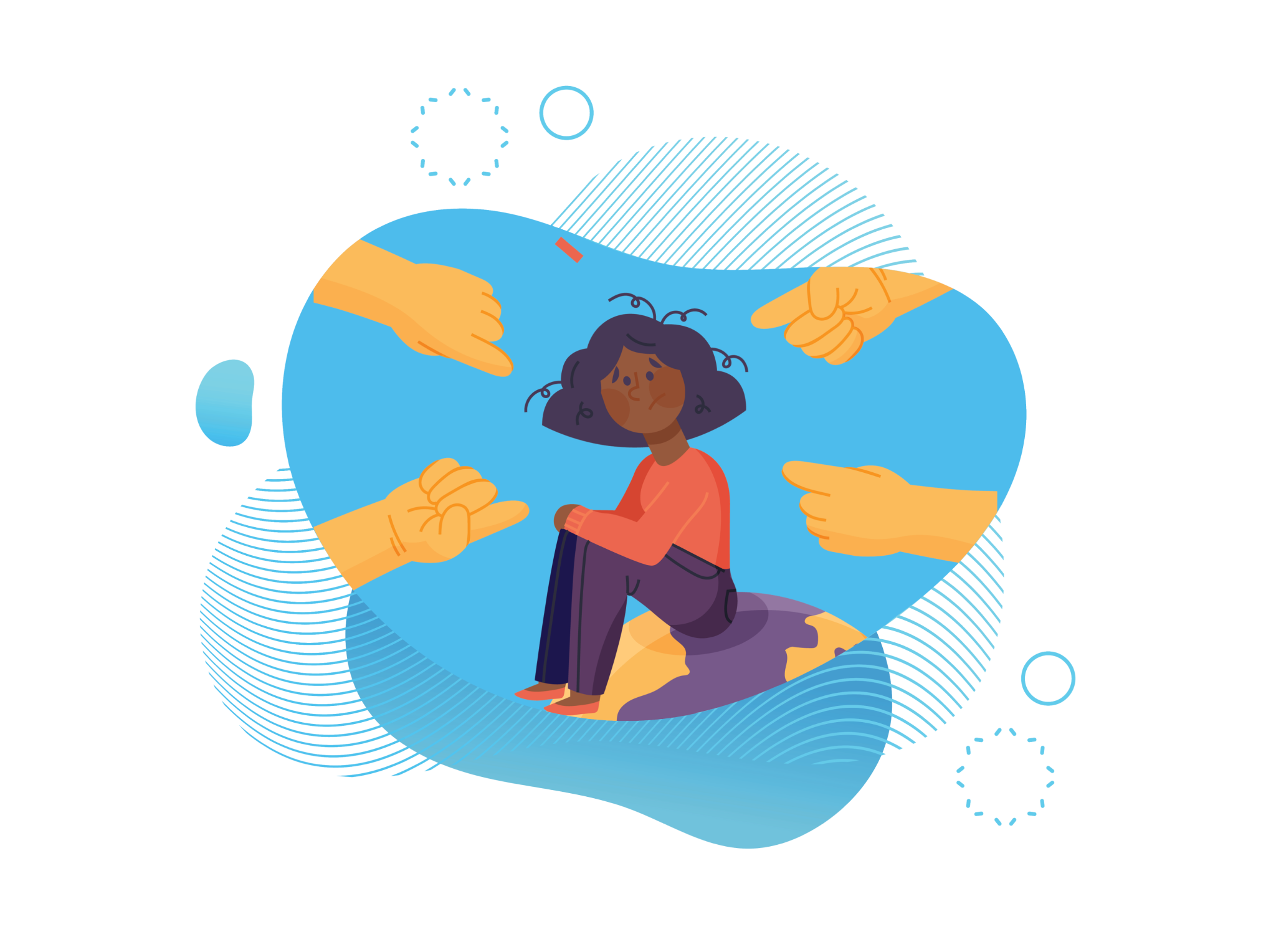Balance Gender Equality

Every child deserves to reach their full potential, but gender inequalities and those who care for them hinder this reality. Girls and boys see gender inequality in their homes and communities daily – in textbooks, the media and among the men and women who provide care and support. Unequal responsibility for work in the house makes children think these duties are women’s only roles, curtailing generational change and narrowing girls’ ambitions.
Boys and girls who witness gender-based violence in their homes are likelier to replicate violent relationships as adults, either as perpetrators or victims. Outside the home, community health workers – predominantly women – are often low-skilled and voluntary or underpaid, with limited opportunity for professional growth to care for the vulnerable children and families they serve. Yet, in early childhood, gender disparities between girls and boys often start relatively small. Girls have higher survival rates at birth, are more likely to be developmentally on track, and are just as likely to participate in preschool.
But, as girls and boys age, gender barriers expand. Chores, caring for siblings, and safety issues keep girls out of school, while expectations of earning money force boys to drop out. By the time children reach age 10, boys’ worlds often expand while girls’ worlds contract, resulting in negative consequences that can last a lifetime. Menstruation remains taboo, and without information, facilities and products to manage it, the health, welfare and educational prospects for millions of adolescent girls worldwide are hindered. Teenage girls also have an increased risk of gender-based violence – including sexual harassment – in peace and conflict.
V Save a Life Foundation works for quality maternal care and the professionalisation of primarily female front-line community health workers. We recognise and empower the role of women in the design and delivery of water, sanitation and hygiene ecosystems.